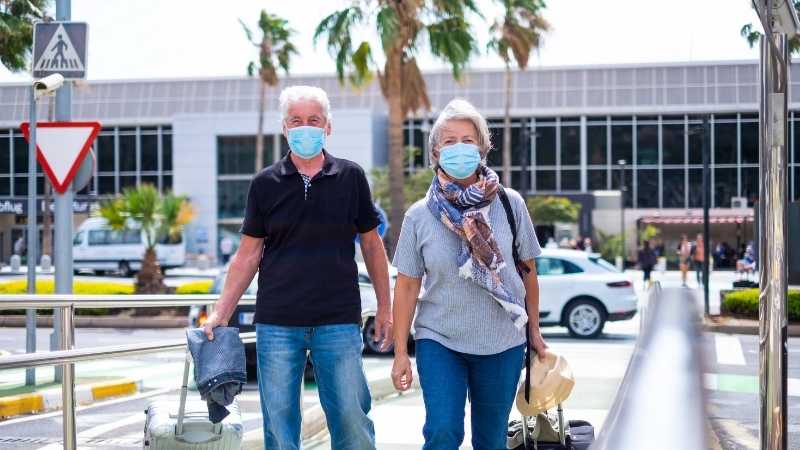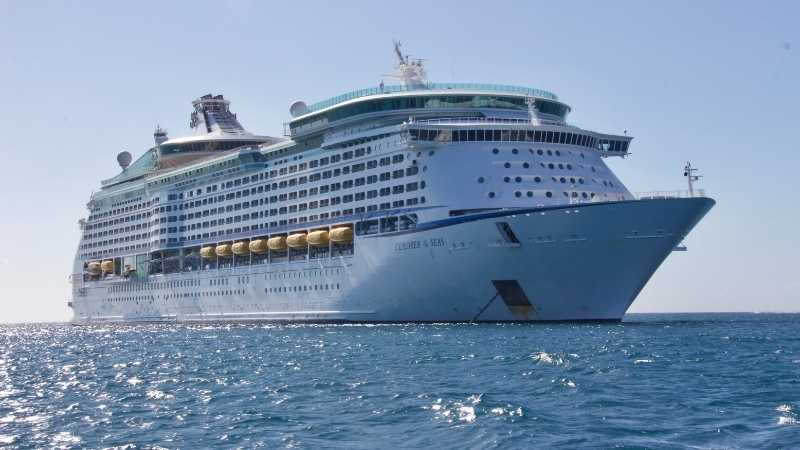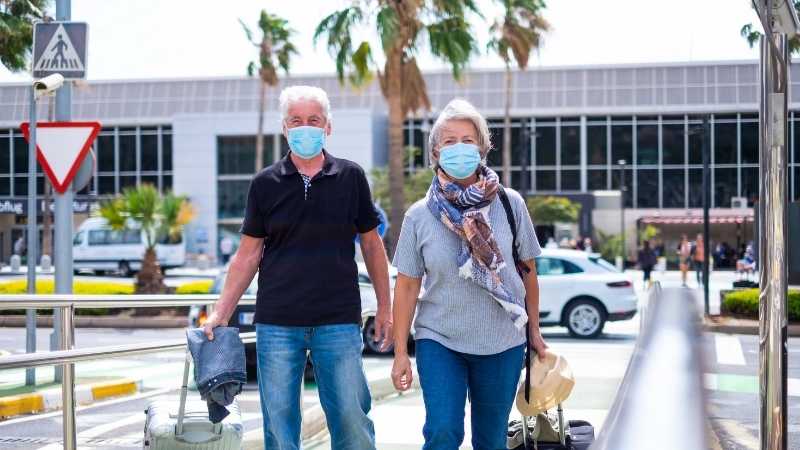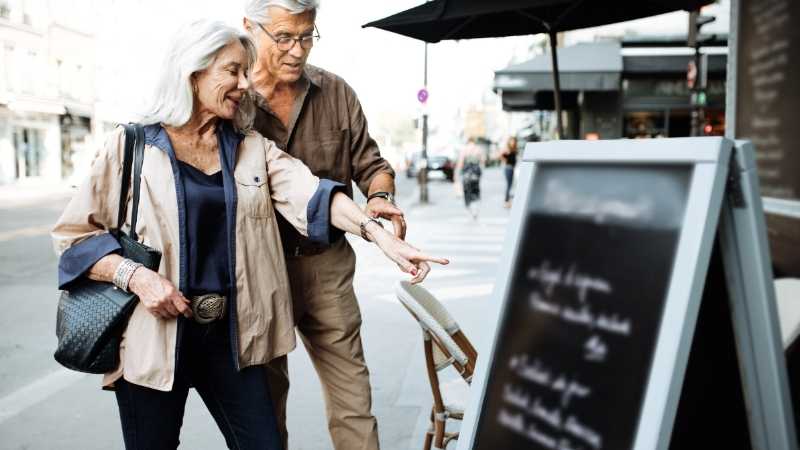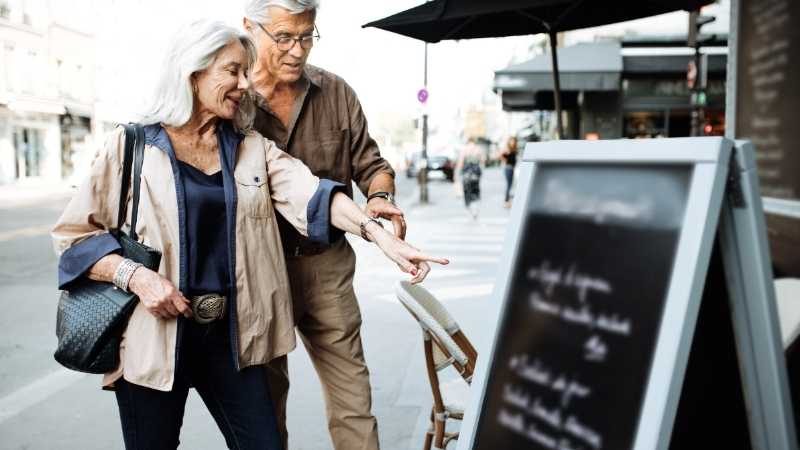Tech Over Waves: Cruise Ship Technology
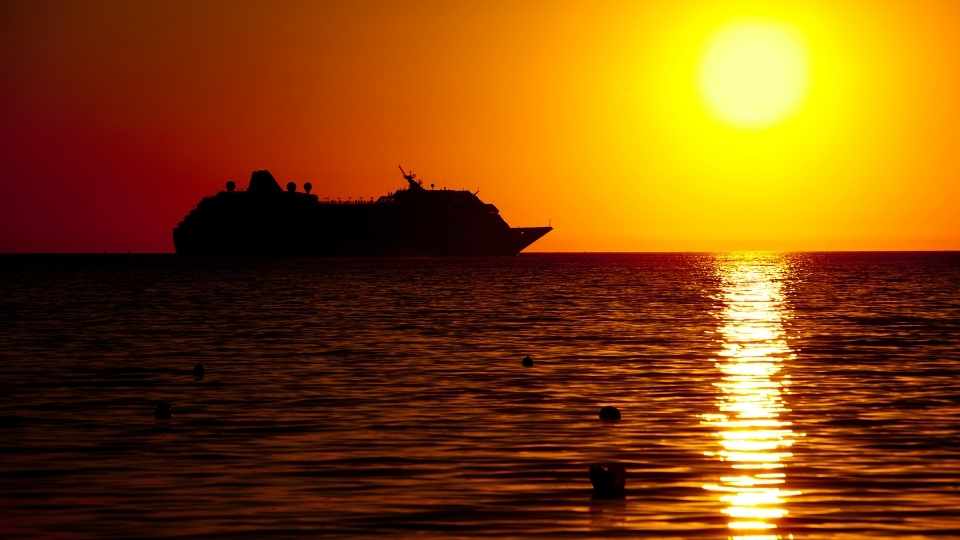
As someone who loves the thrill of cruising the open seas, safety is always at the forefront of my mind. That feeling of excitement mixed with a touch of apprehension as I step onto a cruise ship is part of what makes these adventures so exhilarating.
But rest assured, dear reader, I am here to guide you through the ins and outs of staying safe at sea. From ship safety to emergency drills, cabin safety to onboard health, and the security measures in place – this article will equip you with all the knowledge you need for a worry-free voyage.
So grab your life jacket and let’s set sail!
Key Takeaways
- Cruise ships prioritize passenger safety through state-of-the-art technology and trained crew members.
- Emergency drills, like muster drills, are conducted before the ship sets sail to ensure familiarity with evacuation procedures.
- Cabins are equipped with safety features such as smoke detectors, sprinkler systems, and clearly marked emergency exits.
- Passengers should practice good hygiene, stay hydrated, and be mindful of their food and drink choices to maintain onboard health.
Ship Safety
Ship safety is a crucial aspect to consider when going on a cruise. As someone who desires freedom and wants to enjoy their time at sea, it’s important to understand the measures in place to keep passengers safe.
Cruise ships are equipped with state-of-the-art technology and trained crew members who prioritize your well-being.
From the moment you step on board, safety protocols are in effect. Emergency drills, like muster drills, are conducted before the ship sets sail. These drills ensure that everyone is familiar with evacuation procedures and knows where their designated assembly station is located.
Cabin safety is another area of focus. Each cabin is equipped with smoke detectors and fire suppression systems for your protection. It’s essential to familiarize yourself with the location of emergency exits and always have a plan in case of an emergency.
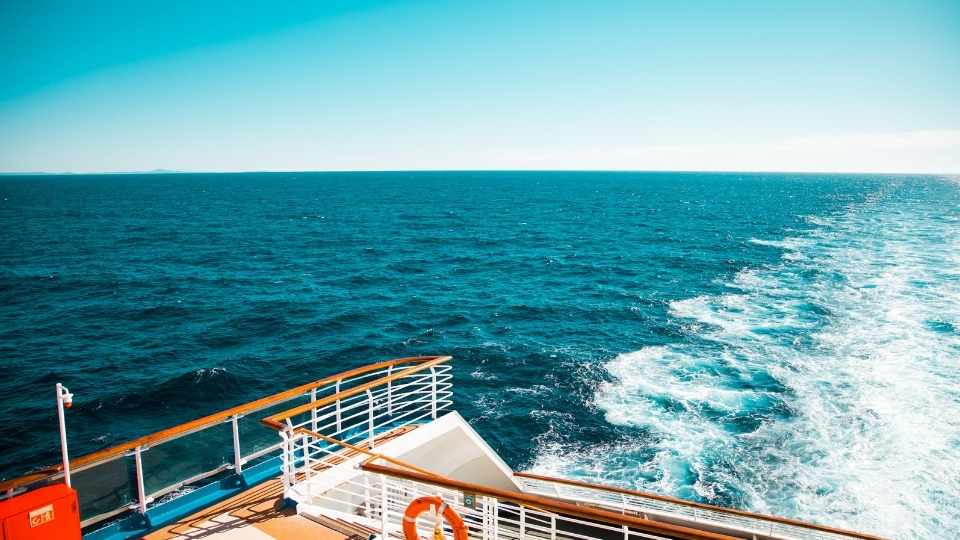
Onboard health is also a priority for cruise ships. Medical facilities staffed by qualified professionals are available 24/7 to provide medical assistance if needed. The crew follows strict hygiene protocols to prevent the spread of illnesses, ensuring that you can relax and enjoy your trip without worry.
Lastly, security measures are implemented throughout the ship to maintain a safe environment for all passengers. Surveillance cameras monitor public areas, while security personnel patrol discreetly, ready to respond promptly if any issues arise.
Emergency Drills
Emergency drills play a crucial role in ensuring the safety of individuals in any setting, whether it be on a cruise ship or in a workplace. These drills are not just routine exercises, but they serve as important opportunities to prepare for potential emergencies and ensure that everyone knows how to respond effectively.
Importance of Emergency Drills
To ensure your safety at sea, it’s crucial that you actively participate in the emergency drills conducted onboard. These drills are designed to familiarize you with the necessary procedures in case of an emergency situation. By actively participating, you will gain valuable knowledge on how to respond and ensure your own safety and the safety of others around you.
During these drills, crew members will guide you through various scenarios such as fire emergencies, abandon ship procedures, and medical emergencies. It is important to pay close attention and follow their instructions carefully.
Mandatory Safety Procedures
When participating in the mandatory safety procedures onboard, you should pay close attention to the crew members and follow their instructions carefully. Here are four important things to remember during these procedures:
- Familiarize yourself with the location of emergency exits.
- Learn how to properly wear a life jacket and where they are stored in your cabin.
- Understand the emergency alarm signals and what actions to take when you hear them.
- Attend the muster drill, which is a simulated evacuation exercise, to practice evacuation procedures.
By following these steps, you will be better prepared in case of an emergency at sea.
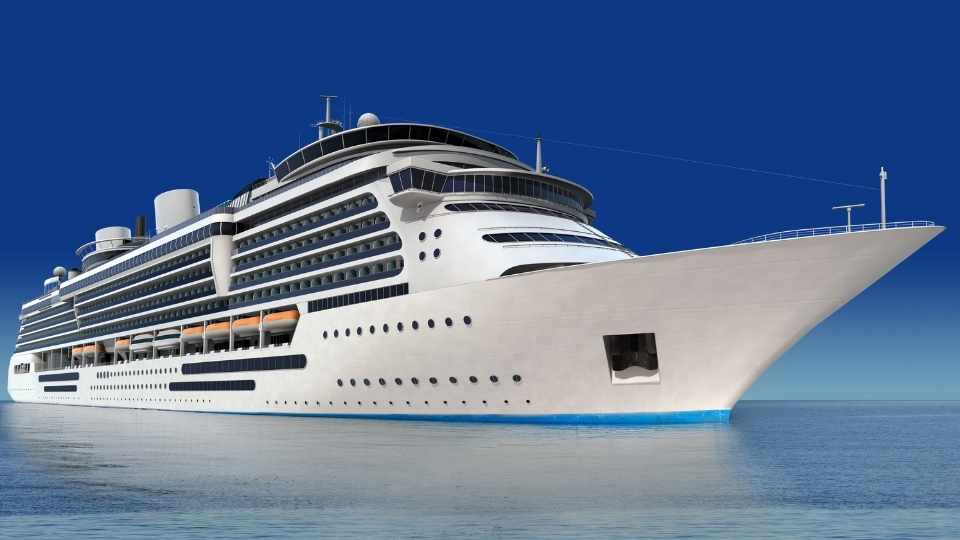
Now let’s move on to discussing efficient evacuation strategies for ensuring everyone’s safety on a cruise ship.
Efficient Evacuation Strategies
Make sure you familiarize yourself with the efficient evacuation strategies in order to ensure everyone’s safety on a cruise ship. In case of an emergency, it is crucial to know how to evacuate efficiently and quickly.
Firstly, locate your designated assembly station upon boarding the ship. This information can be found on your cabin door or in the safety brochure provided. Once there, listen carefully to instructions from crew members and follow their guidance without hesitation.
Remember to stay calm and move in an orderly manner, avoiding any panic that may arise. It is essential to know the location of all emergency exits on your deck as well as alternative routes if needed. Pay attention during the mandatory safety drill at the beginning of your cruise; it provides valuable information about evacuation procedures specific to your ship.
Being prepared with these efficient evacuation strategies will help ensure everyone’s freedom and safety onboard a cruise ship.
Cabin Safety
Cabin safety on a cruise ship is crucial for ensuring the well-being of passengers. As someone who desires freedom while traveling, it’s important to be aware of the safety measures in place to protect you onboard. Here are four key aspects of cabin safety on a cruise ship:
-
Fire Safety: Cabins are equipped with smoke detectors and sprinkler systems to quickly detect and extinguish fires.
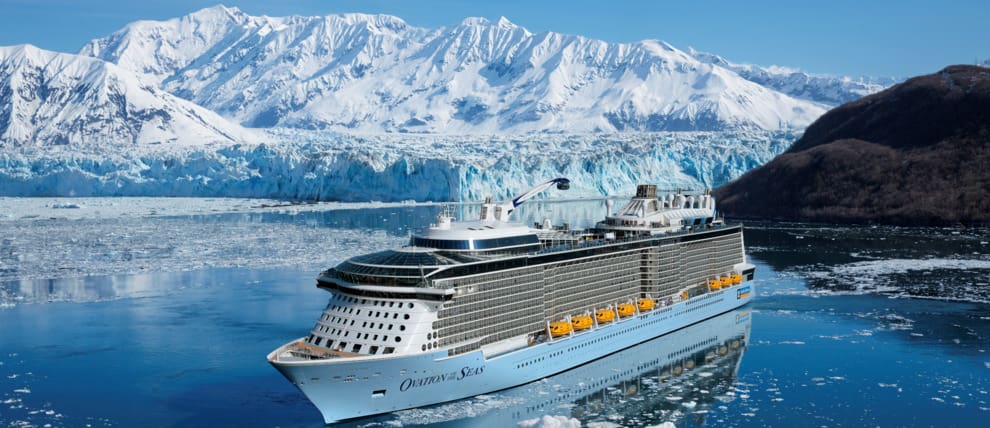
-
Emergency Exits: Each cabin has clearly marked emergency exits, allowing for easy evacuation in case of an emergency.
-
Safety Briefings: Before setting sail, all passengers attend mandatory safety briefings that cover important information about emergency procedures and the location of life jackets.
-
Security Measures: Cruise ships have security personnel patrolling the corridors and monitoring surveillance cameras to ensure the safety and security of all passengers.
Onboard Health
When it comes to onboard health, there are a few common issues that passengers may encounter while on a cruise. These can include seasickness, norovirus outbreaks, and respiratory illnesses.
However, there are steps you can take to prevent illness onboard. You can practice good hygiene habits, such as washing your hands regularly with soap and water or using hand sanitizer. It’s also important to stay hydrated by drinking plenty of water throughout the day.
In addition, being mindful of what you eat and drink can help prevent illness. Make sure to choose foods that are cooked thoroughly and avoid consuming raw or undercooked seafood or meats. It’s also a good idea to avoid tap water and opt for bottled water instead.
Common Onboard Health Issues
One of the most common onboard health issues that passengers may experience is sea sickness. It can be quite unpleasant and can ruin your cruise experience if not properly managed. Here are a few tips to help you deal with this issue:
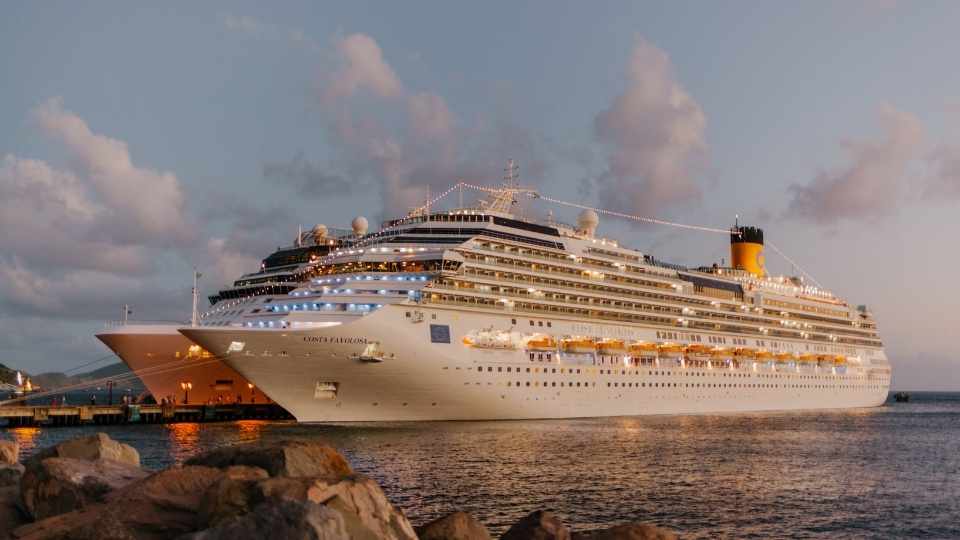
-
Choose the right cabin location: Opt for a cabin in the middle of the ship where there is less motion.
-
Take medication: Consult with your doctor before the trip and ask for anti-motion sickness medication or patches.
-
Stay hydrated: Drink plenty of water to avoid dehydration, which can worsen symptoms.
-
Avoid heavy meals: Stick to light, easily digestible foods to prevent nausea.
By following these tips, you can minimize the chances of getting sea sick and enjoy your cruise to the fullest.
Now let’s move on to discussing ways to prevent illness onboard.
Preventing Illness Onboard
To prevent illness onboard, it’s important to practice good hygiene and wash your hands regularly. Maintaining cleanliness is crucial for a healthy cruise experience.
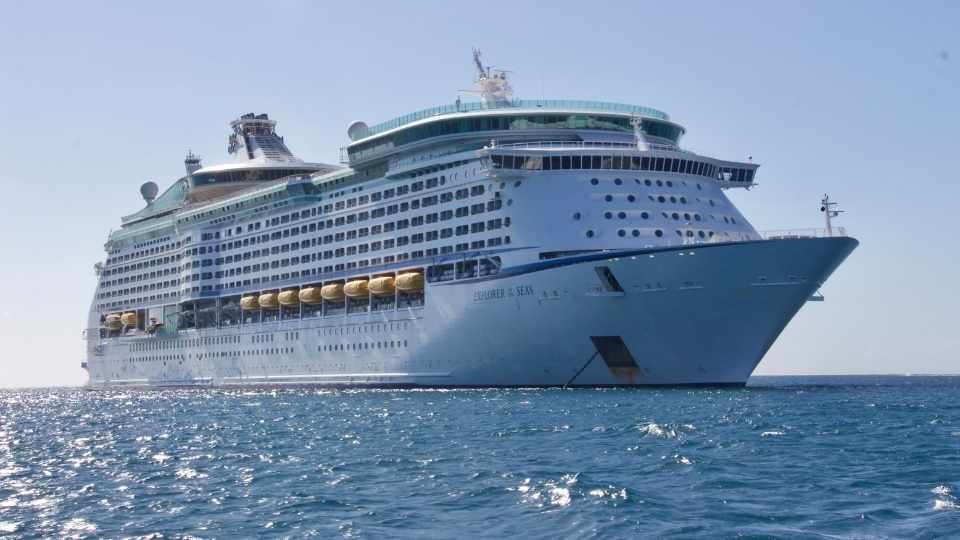
I cannot stress enough the significance of handwashing in preventing the spread of germs. Use warm water and soap, scrubbing your hands thoroughly for at least 20 seconds. Don’t forget to clean under your nails and between your fingers.
Additionally, avoid touching your face as much as possible, as this can introduce germs into your body through mucous membranes.
If you find yourself without access to soap and water, use an alcohol-based hand sanitizer that contains at least 60% alcohol content.
Security Measures
There’s no denying that security measures on a cruise ship are crucial for ensuring the safety of all passengers. As someone who desires freedom while cruising, it’s important to know that these measures are in place to protect us.
Here are four key security measures you can expect on a cruise ship:
-
Surveillance Cameras: Cruise ships have an extensive network of surveillance cameras strategically placed throughout the ship. These cameras help monitor activity and identify any potential security threats.
-
Access Control Systems: To maintain a secure environment, cruise ships use access control systems that limit entry to certain areas of the ship. This ensures that only authorized personnel can access sensitive areas.

-
Security Personnel: Trained security personnel are present onboard to handle any security-related issues or emergencies that may arise during the voyage. They work diligently to ensure the safety and well-being of all passengers.
-
Screening Procedures: Before boarding, passengers and their belongings go through thorough screening procedures, including metal detectors and X-ray scans. This helps prevent prohibited items from being brought onboard and ensures everyone’s safety.
Knowing that these security measures are in place can provide peace of mind, allowing you to enjoy your cruise experience freely while feeling safe and protected at sea.
Safety Equipment
Make sure you familiarize yourself with the location and proper use of safety equipment onboard the ship. It is crucial to know where to find life jackets, fire extinguishers, and emergency exits.
Life jackets are usually stored in your cabin or in designated areas on deck. They should be worn during emergency situations like a ship evacuation or when instructed by the crew.
Fire extinguishers are strategically placed throughout the ship and are easily accessible. Familiarize yourself with their locations and how to operate them properly.
Emergency exits are clearly marked and should be known to passengers at all times.
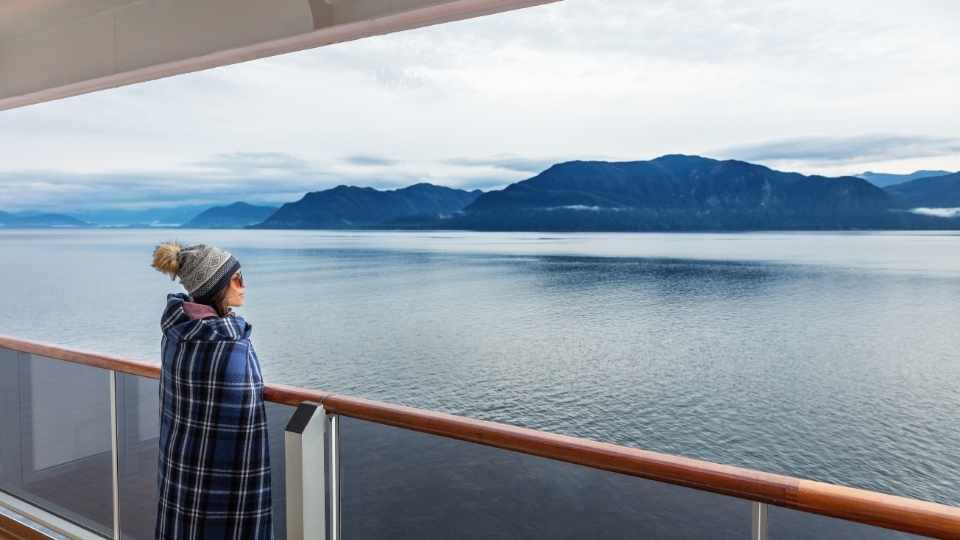
Safety Guidelines
Remember to always follow the safety guidelines provided by the crew and be aware of any emergency drills that may occur during your cruise. Your safety is of utmost importance, so here are some essential guidelines to keep in mind:
-
Familiarize yourself with the ship’s layout: Take some time to explore and understand the different areas and exits on the ship. This will help you navigate quickly in case of an emergency.
-
Pay attention during safety briefings: These briefings provide crucial information about evacuation procedures, life jackets, and emergency assembly points. Listen attentively and ask questions if needed.
-
Follow instructions from crew members: In any emergency situation, listen carefully to the instructions given by the crew members. They are trained professionals who know how to handle various situations.
-
Be cautious near water: While enjoying pools or hot tubs onboard, remember to follow all posted rules for your own safety and that of others.
Frequently Asked Questions
Are There Any Age Restrictions or Health Requirements for Passengers to Board a Cruise Ship?
There are age restrictions and health requirements for passengers to board a cruise ship. These vary by cruise line, but typically children under a certain age need to be accompanied by an adult, and some medical conditions may require clearance from a doctor.
How Often Are Emergency Drills Conducted on a Cruise Ship?
How often do cruise ships conduct emergency drills? Passengers can rest assured knowing that these vital safety exercises are regularly performed to ensure their well-being and preparedness in case of any unforeseen emergencies at sea.

What Safety Measures Are in Place to Prevent Accidents Like Fires or Sinking on a Cruise Ship?
To prevent accidents like fires or sinking on a cruise ship, safety measures include regular inspections, advanced fire detection systems, lifeboats for emergency evacuation, strict adherence to international regulations, and trained crew members.
Can Passengers Bring Their Own Safety Equipment, Such as Life Jackets or Flotation Devices, on Board?
Can passengers bring their own safety equipment on board? No, cruise ships provide life jackets and flotation devices for everyone. It’s important to follow the ship’s safety protocols to ensure a safe journey at sea.
Are There Any Guidelines or Restrictions Regarding the Use of Swimming Pools or Water Slides on a Cruise Ship?
Yes, there are guidelines and restrictions for using swimming pools and water slides on a cruise ship. They are in place to ensure the safety of passengers and may include height restrictions or rules regarding supervision.



